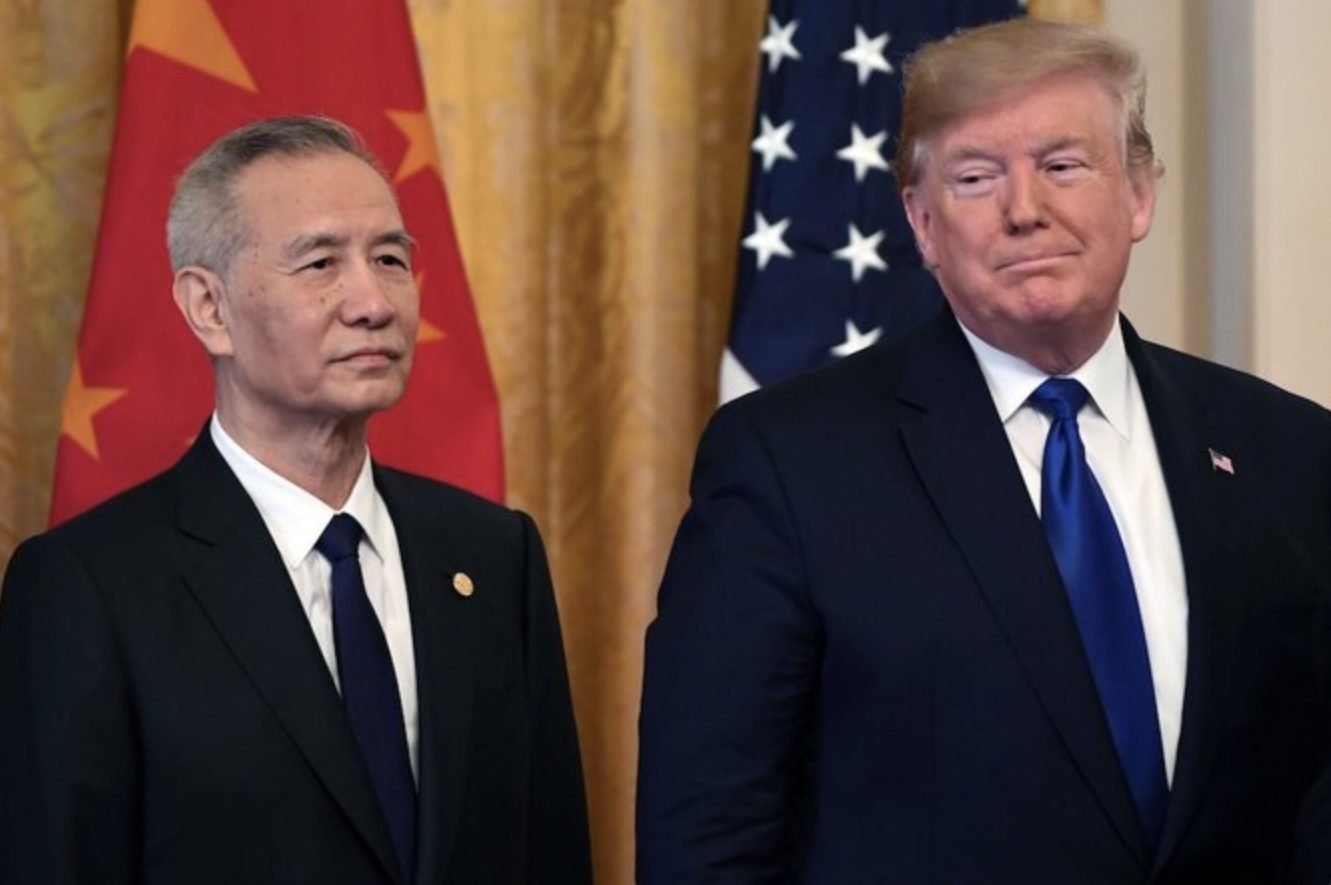(ATF) The US trade deficit with China widened in July – an embarrassing situation for US President Trump, who Taiwan’s Liberty Times said had been left with a ‘green face’ (a crude expression that makes plain this is a bad outcome for him).
When the US President campaigned four years ago, he strongly accused China of seizing American wealth in what he hailed as “the biggest theft in history.” After his election, he maintained this position against China. However, the latest data will hardly please him. The United States had a $31.6 billion trade deficit with China in July, which was an 11.5% increase from June.
The paper noted that before the outbreak of the coronavirus, the US trade deficit with China was narrowing, but it has gradually expanded since the epidemic spread. Data released by the US Census Bureau on Thursday showed that the trade deficit with China in Q2 increased by 36.8% compared to Q1. The deficit in July was 4.36% larger than that in July 2016.
President Trump, though, is hoping to set up a special trade relationship with Taiwan and visits by senior envoys have already begun to take place.
In terms of agricultural products, although China has recently increased imports, it does not meet the amount agreed in the Tier-1 trade agreement signed in Washington in January.
Even though China faces food shortages this year, because of huge flooding in the Yangtze River basin, food imports from the US are as low as those in the early 2000s.
The paper quoted economists who said that it was foolish to give priority to reducing the trade deficit, because the US economy is consumer-oriented, so people would naturally buy more goods from cheaper downstream manufacturing centres.
The overall US trade deficit in July was the highest level in 12 years, rising to $63.6 billion, mainly due to a surge in imports. Aside from China, the United States had a trade deficit with Mexico and Taiwan in July.
But even if the US deficit decreases, it is not good news in the current Covid environment – it only means that the volume of US imports is shrinking compared to exports, which means that US consumption is weak.
























